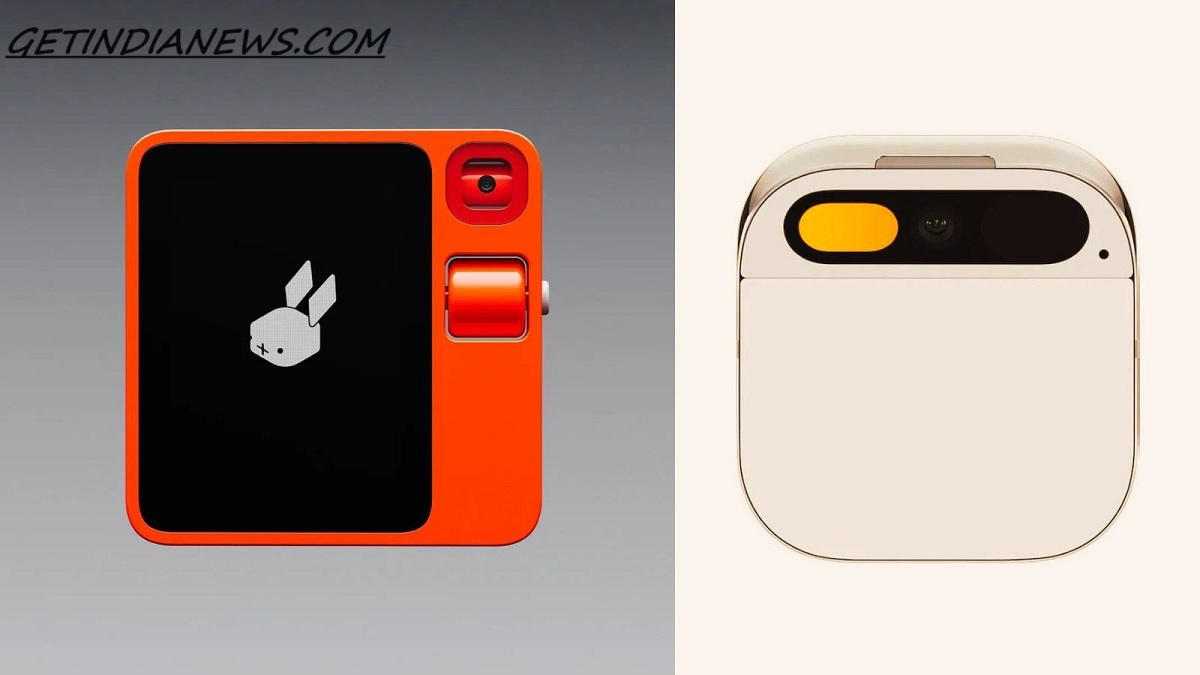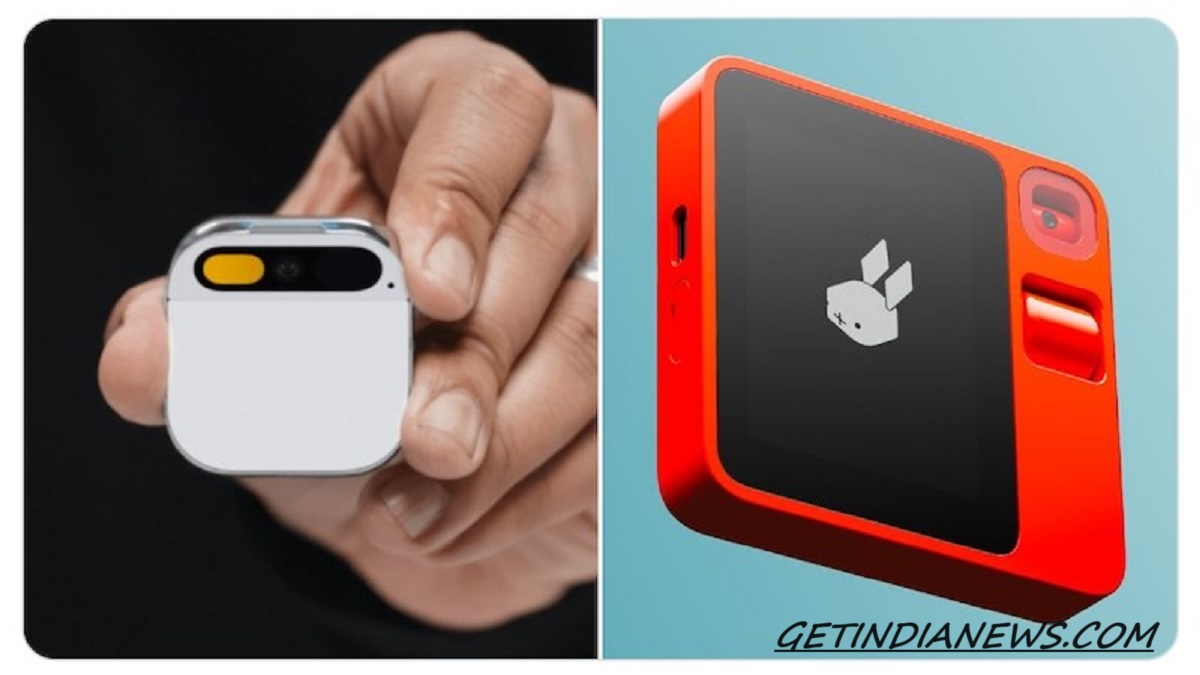In 2007, Apple revolutionized the smartphone industry by introducing its first model, setting a new standard for mobile devices. Since then, cell phones have evolved from simple time-saving tools to essential devices that consume hours of our day. However, with the latest advancements in technology, several startups are now shifting their focus towards enhancing the practicality of smartphones. One such player is Humane, whose introduction of the AI Pin in November 2019 brought a fresh and innovative approach to the market by replacing traditional pocket-sized rectangular slabs with a smaller, yet equally powerful, rectangular slab.

During his presentation at the Consumer Electronics Show in Las Vegas, Lyu, the founder of Rabbit, declared, “Our goal is to revolutionize the computer experience by creating a device so intuitive that no learning is required.” Lyu’s statement, paired with the impressive Keynote presentation, solidified the potential of the Rabbit R1 – a compact and versatile gadget running on a sophisticated operating system that comprehends natural speech. This innovation aims to revolutionize our daily routines, eliminating the need for individual app interactions. Lyu also humorously pointed out the irony of cell phones transforming from a means of communication to a time-consuming entertainment center.
Rabbit is determined to solve this clutter by introducing a sleek, compact device that you can easily carry in your pocket. This game-changing gadget is equipped with voice-activated technology, allowing you to effortlessly perform tasks that would normally require a smartphone. From ordering takeout and groceries to arranging rides, Rabbit’s innovative device does it all. During the keynote, Lyu demonstrated the impressive capabilities of Rabbit OS, the operating system exclusive to R1. This powerful OS seamlessly integrates with various services, utilizing voice commands to streamline your experience.

Once Rabbit’s LAM (Large Action Model) grasps the necessary steps and utilizes Rabbit OS to execute them, basic actions like playing a song on Spotify are effortlessly achieved. The company guarantees efficient task execution as this model is specifically trained to operate on all mobile and desktop platforms. This extraordinary ability is made possible by the use of artificial intelligence. LAMs, integrated into Rabbit OS, are AI models that provide the necessary power. Lyu clarified, “While the large language model understands your commands, it is the large action model that executes the tasks.” By incorporating this model into an operating system, voice commands alone can trigger actions, eliminating the need for tedious app navigation.
The Rabbit OS boasts an impressive ability to learn through imitation, effectively recalling and duplicating actions upon command. Its developers claim to have extensively trained it in various popular apps, with continued progress anticipated. However, the pressing question remains: how will all of this manifest in the real world? Along with a user-friendly web portal, aptly named the Rabbit Hole, for convenient access to all services, the R1 also boasts noteworthy standalone features. For instance, Rabbit’s web portal offers virtual machines that can teach the device skills like Photoshop. Yet, the true test lies in seamlessly implementing this function for a diverse group of users on different platforms and devices.
At first glance, Rabbit R1 and Humane AI Pin may seem quite similar. Both boast operating systems, Rabbit OS and Cosmos, that are app-free, aiming to simplify your commands by automatically connecting them to the appropriate tools. However, upon further inspection, there are some significant differences. From the AI Pin demos, it appears that the device functions more like a wearable search engine powered by LLM. While it can act as a chatty companion, similar to ChatGPT, it also offers useful productivity features. One such feature is the “catch me up” option that summarizes your texts and email inbox.
By utilizing the built-in camera, you can gain valuable insights into your daily food intake by scanning and obtaining nutrition information. Another convenient feature offered is real-time translation, allowing for seamless communication despite language barriers. The approach of human AI in addressing the “apps problem” is unique, as Rabbit R1 adopts a direct strategy by mimicking your phone’s actions without relying on app-specific APIs. This means that it is not tied to any particular app and likely processes information in the cloud. On the other hand, Humane plans to take a different approach in the future when introducing similar features such as shopping and navigation.
The Rabbit R1 has its sights set on more than just being a paperweight on your chest – it aims to become the ultimate replacement for your smartphone. Equipped with a speaker, a 2.88-inch touchscreen display, and a unique rotating camera called the “rabbit eye,” the R1 offers a ton of features that the $699 Humane AI Pin does not. This price discrepancy can likely be attributed to the R1’s impressive hardware. While Humane may be exploring other potential applications for their device, such as shopping and navigation, they have yet to showcase any additional functionalities beyond those mentioned. Stick to our website for more updates.